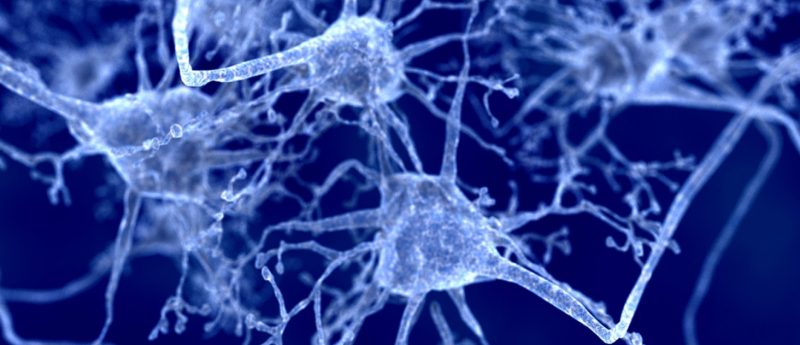Biomaterial scaffold creates more favorable environment for nerve regeneration after spinal cord injury

Researchers from the Mayo Clinic have created a biomaterial scaffold designed to bridge the lesion caused by a spinal cord injuries, which promoted nerve regeneration in an animal model
Spinal cord injuries can cause temporary or permanent damage to sensory, autonomic and motor systems, in severe cases resulting in the inability of patients to move or even breathe unaided. Mayo Clinic researchers have shown that implantation of a biomaterial scaffold, whether seeded with or without Schwann cells, creates a more positive tissue environment for nerve regeneration in a rodent model of spinal cord injury.
The team of researchers, including Anthony Windebank (Mayo Clinic, MN, USA), investigated the regeneration response over time at the site of a full transection spinal cord injury. The team reported a reduction in negative characteristics observed after SCI such as scarring, cyst formation, and deposition of debris and protein complexes that can inhibit nerve regeneration.
“In their study of spinal cord transection injury in rats, [the researchers] discovered that bare scaffold implantation — but not implantation of scaffold plus Schwann cells — temporarily enabled a ‘regeneration permissive’ environment, in which immediate scarring of the spinal cord was forestalled,” comments Peter C Johnson, of Vancive Medical Technologies and Scintellix, LLC (NC, USA). “While scaffold fibrosis ultimately ensued, the notion that proper scaffold design alone could provide sufficient time for axonal growth across spinal cord gaps has reemerged as an interesting target of study.”
A further step in developing a product that can be taken to the clinic is finding therapeutic agents that block the fibrotic response to these scaffolds, which would further improve their ability to bridge spinal cord lesions.